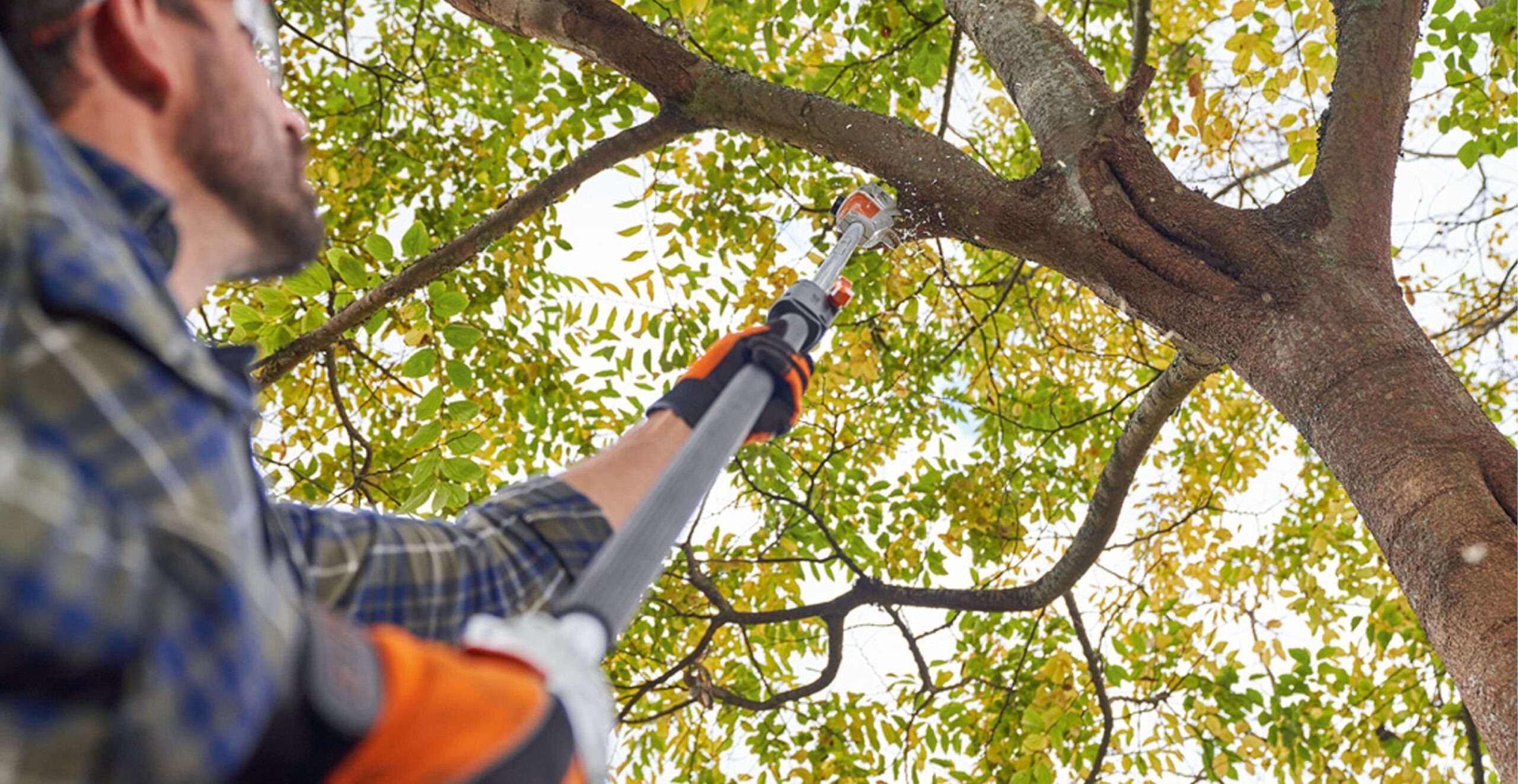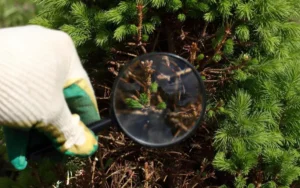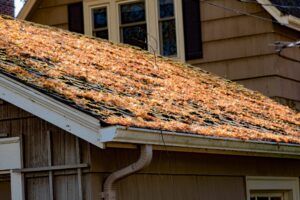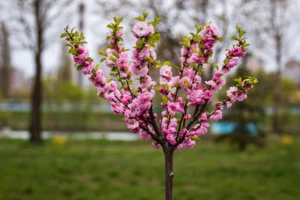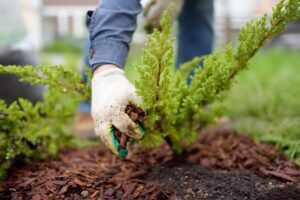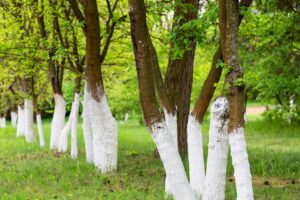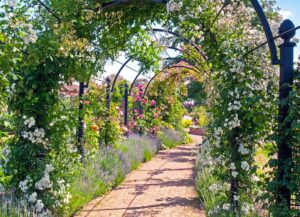Tree Diagnosis and Treatment: A Comprehensive Guide
Trees are vital assets to the environment, offering shade, improving air quality, enhancing landscapes, and supporting biodiversity. However, like all living organisms, trees can suffer from various health issues, including diseases, pests, environmental stress, and physical damage. Proper diagnosis and treatment are essential to maintaining tree health and longevity. In this comprehensive guide, we’ll explore what tree diagnosis and treatment entail, the methods and tools used, as well as the most common tree diseases, their symptoms, and effective treatment strategies.
What Is Tree Diagnosis?
Tree diagnosis refers to the process of identifying the underlying causes of poor tree health. Just as a doctor diagnoses human diseases, arborists and tree care professionals assess trees for signs of illness or stress. Diagnosing tree problems involves examining the tree’s visible symptoms, its physical environment, and sometimes conducting tests to identify pathogens or nutrient deficiencies.
A successful tree diagnosis helps in developing an effective treatment plan, allowing the tree to recover or, in severe cases, making decisions about whether the tree needs to be removed for safety reasons.
How to Conduct Tree Diagnosis
Tree diagnosis involves a combination of visual assessment, data gathering, and the use of specialized tools. Here’s a step-by-step guide to conducting a tree diagnosis:
- Visual Inspection: Start by visually inspecting the tree. Look for obvious signs of distress, such as wilting leaves, dead branches, discoloration, fungal growth, or insect infestations. Examine the tree’s canopy, trunk, and roots to identify any anomalies.
- Examine the Surrounding Environment: Trees are influenced by their surroundings. Look for environmental stressors, such as poor soil quality, compacted roots, construction damage, or proximity to harmful chemicals. Environmental conditions like drought or excessive moisture can also weaken trees.
- Check for Symptoms of Disease or Pests: Each disease or pest infestation has specific symptoms. For example, leaf spots, wilting, or holes in the bark can indicate a fungal infection or an insect infestation. A thorough examination helps determine the possible causes of the tree’s problems.
- Use Diagnostic Tools: Some tree problems aren’t visible to the naked eye, requiring specialized tools for diagnosis. Tools like soil probes, resistographs, and sonic tomography machines can help identify internal decay, root issues, or nutrient deficiencies.
- Collect Samples for Lab Testing: In cases where symptoms are unclear, arborists may take samples of leaves, bark, or soil to send to a laboratory for testing. This helps in identifying specific pathogens or nutritional imbalances.
Common Tools Used in Tree Diagnosis
Diagnosing tree problems often requires specialized equipment to assess the tree’s health beyond what can be seen visually. Here are some common tools used in tree diagnosis:
- Resistograph: A resistograph drills a small hole into the tree and measures the resistance encountered, helping to detect internal decay or cavities within the tree trunk or branches.
- Sonic Tomography: This tool uses sound waves to create a visual map of the tree’s internal structure. It’s particularly useful for detecting internal rot, cracks, or hollow areas that may not be visible externally.
- Soil Probe: Soil probes are used to assess the soil’s condition around the tree, determining if there are issues like soil compaction, nutrient deficiencies, or improper drainage that may be affecting the tree’s root health.
- Microscope: A microscope is essential for detecting microscopic pathogens, such as fungi or bacteria, that can cause diseases in trees. It’s used to examine leaf, bark, or soil samples.
- Insect Traps: These traps are used to capture insects that may be infesting a tree, helping identify the type of pest involved in the damage.
Common Tree Diseases and How to Identify and Treat Them
Trees can be affected by a wide variety of diseases, many of which are caused by fungi, bacteria, or viruses. Below is a list of common tree diseases, their symptoms, and recommended treatments:
| Disease Name | Symptoms | How to Identify | Treatment |
|---|---|---|---|
| Anthracnose | Dark, sunken lesions on leaves, twigs, and flowers. Leaf drop in severe cases. | Brown spots on leaves and lesions on twigs. Usually occurs in spring. | Prune infected branches, rake fallen leaves, and apply fungicides during the early growing season. |
| Dutch Elm Disease (DED) | Yellowing leaves that wilt and fall prematurely. Bark may develop brown streaks. | Branches show signs of wilting and dieback. Brown streaks under the bark are diagnostic. | Remove infected branches, apply fungicide injections, and control elm bark beetles. |
| Oak Wilt | Leaves discolor, turn brown, and fall off prematurely. Typically affects red oaks. | Discolored leaves and dead branches, particularly at the top of the tree. | Remove infected trees to prevent spread, trench around infected trees, and avoid pruning in spring or summer. |
| Powdery Mildew | White powdery growth on leaves, stems, and buds. | Easily identifiable by the powdery white or gray substance on leaves and shoots. | Prune affected areas, improve air circulation, and apply fungicides. |
| Apple Scab | Olive-green or brown spots on leaves, fruit deformities. Premature leaf drop. | Scabby lesions on fruit and leaves. Affects apple and crabapple trees. | Prune infected areas, remove fallen leaves, and apply fungicides in early spring. |
| Fire Blight | Blackened, scorched-looking leaves, flowers, and twigs. Affects fruit trees like apples and pears. | Leaves and branches look burned or scorched. Cankers may appear on branches. | Prune infected branches, disinfect pruning tools, and apply bactericide sprays. |
| Verticillium Wilt | Wilting, yellowing, and browning of leaves. Usually affects maples, elms, and ash trees. | Brown or green streaks under the bark and discolored leaves. | Improve soil health, prune infected branches, and water regularly. No chemical treatment is available. |
| Cedar-Apple Rust | Yellow-orange spots on apple tree leaves, and galls on cedar trees. | Rust-colored spots on the leaves of apple trees, and swollen galls on cedar trees. | Remove infected leaves, prune galls from cedars, and apply fungicides. |
| Leaf Spot Diseases | Brown, black, or yellow spots on leaves. Premature leaf drop in severe cases. | Spots can appear on leaves and range in size and color. Fungal fruiting bodies may be visible. | Prune infected areas, remove fallen leaves, and apply fungicide sprays. |
| Sudden Oak Death | Bleeding cankers on the bark, dark streaks, and dead leaves. Affects oak and tanoak trees. | Dark, sticky ooze coming from the bark, and sudden wilting or dieback of branches. | Remove infected trees, avoid moving infected soil, and treat with phosphite injections. |
| Root Rot | Poor growth, wilting, and yellowing leaves. Roots appear brown, mushy, or decayed. | Soil around the tree is overly wet, and the roots are soft and decayed. | Improve soil drainage, reduce irrigation, and remove affected plants. No cure for severely infected trees. |
| Tar Spot | Black, tar-like spots on the leaves of maple trees. | Large black spots on the leaves, especially in late summer and fall. | Rake and destroy fallen leaves, and apply fungicides if severe. |
| Bacterial Leaf Scorch | Margins of leaves turn brown, creating a scorched appearance. Affects oak, sycamore, and maple. | Leaves show signs of browning, especially along the edges, and branches may die back. | Provide adequate water, mulch around the base, and remove severely infected trees. No effective chemical treatment. |
| Armillaria Root Rot | White fungal growth under the bark, wilting, and leaf drop. Honey-colored mushrooms may appear. | White, fan-like fungal growth under the bark, and mushrooms growing at the base of the tree. | Remove infected trees, improve soil drainage, and avoid overwatering. |
How to Treat Tree Diseases
Treating tree diseases depends on accurate diagnosis and implementing the appropriate treatment methods. Here are general steps to take when treating tree diseases:
1. Pruning
Pruning involves removing infected branches, leaves, or stems to prevent the disease from spreading. Make sure to use sterilized pruning tools and dispose of the infected material away from healthy plants.
2. Chemical Treatments
Fungicides, bactericides, and insecticides are commonly used to treat tree diseases caused by fungi, bacteria, and pests. These chemicals are often applied as sprays, trunk injections, or soil treatments. Be sure to follow the manufacturer’s guidelines and consult a certified arborist before application.
3. Soil Amendments
Many tree diseases are linked to poor soil conditions, such as nutrient deficiencies or improper drainage. Improving soil health through aeration, mulching, and the addition of organic matter or fertilizers can help trees recover from disease.
4. Water Management
Overwatering or underwatering can lead to root rot, stress, and other diseases. Proper water management is essential for maintaining tree health. Ensure the tree is watered regularly but avoid waterlogging, which can lead to root diseases.
5. Removal of Severely Affected Trees
In some cases, the disease may be too advanced, and removing the tree is the best option to
prevent the spread of infection to nearby healthy trees. Removal should be done by professionals to ensure safety and proper disposal of the diseased material.
1. What is tree diagnosis?
Tree diagnosis is the process of identifying the causes of a tree’s poor health or structural issues. It involves examining visible symptoms, environmental factors, and using tools like soil probes or resistographs to detect internal problems, such as decay, pests, or nutrient deficiencies.
2. Why is tree diagnosis important?
Tree diagnosis is crucial for identifying diseases, pest infestations, or structural weaknesses early. This enables timely intervention to treat the issue, prevent tree loss, and ensure safety by avoiding hazardous conditions like falling branches or weakened trunks.
3. How do arborists diagnose tree diseases?
Arborists diagnose tree diseases by visually inspecting the tree for symptoms, such as wilting, discoloration, or bark damage. They may also use tools like resistographs, soil probes, or lab testing to confirm the presence of pathogens or assess the tree’s internal structure.
4. What tools are used in tree diagnosis?
Common tools for tree diagnosis include resistographs (for internal decay detection), sonic tomography (for mapping tree structure), soil probes (for assessing root health), microscopes (for detecting pathogens), and insect traps (to identify pest infestations).
5. Can I perform tree diagnosis myself?
Homeowners can perform a basic visual assessment, looking for signs of poor health like wilting, discoloration, or dead branches. However, professional arborists have the expertise and tools to diagnose hidden issues accurately and recommend appropriate treatments.
6. What are common tree diseases?
Common tree diseases include Anthracnose, Dutch Elm Disease, Oak Wilt, Powdery Mildew, Fire Blight, and Verticillium Wilt. These diseases can cause leaf spots, wilting, branch dieback, and other symptoms. Proper diagnosis is necessary to determine the best treatment.
7. How can I treat tree diseases?
Tree disease treatment often involves pruning infected branches, applying fungicides or bactericides, improving soil health, and proper watering. In severe cases, chemical injections or tree removal may be necessary to prevent the spread of disease.
8. What should I do if my tree has pests?
If pests are affecting your tree, identify the specific pest, and treat it using appropriate insecticides or biological controls. Pruning infested areas and applying treatments at the right time can prevent further damage. A certified arborist can help with a tailored pest management plan.
9. How often should tree health be assessed?
Tree health should be assessed annually or biannually, especially for older or larger trees. Regular assessments help detect early signs of disease, decay, or environmental stress, allowing for timely intervention and treatments to preserve tree health.
10. What is the cost of tree diagnosis and treatment?
The cost of tree diagnosis varies, ranging from free assessments by some local agencies to paid services ($75 to $500) by certified arborists. Treatment costs depend on the severity of the issue, with minor pruning and chemical treatments being more affordable than large-scale interventions like tree removal.
Tree diagnosis and treatment are essential for maintaining the health and longevity of trees. By understanding common tree diseases and the tools available for diagnosis, homeowners and arborists can take the necessary steps to protect and care for trees effectively. Whether it’s through regular inspections, timely pruning, or chemical treatments, addressing tree health issues promptly can prevent major damage and extend the life of the trees in your landscape. If in doubt, consulting a certified arborist ensures accurate diagnosis and proper treatment for any tree health concerns.
